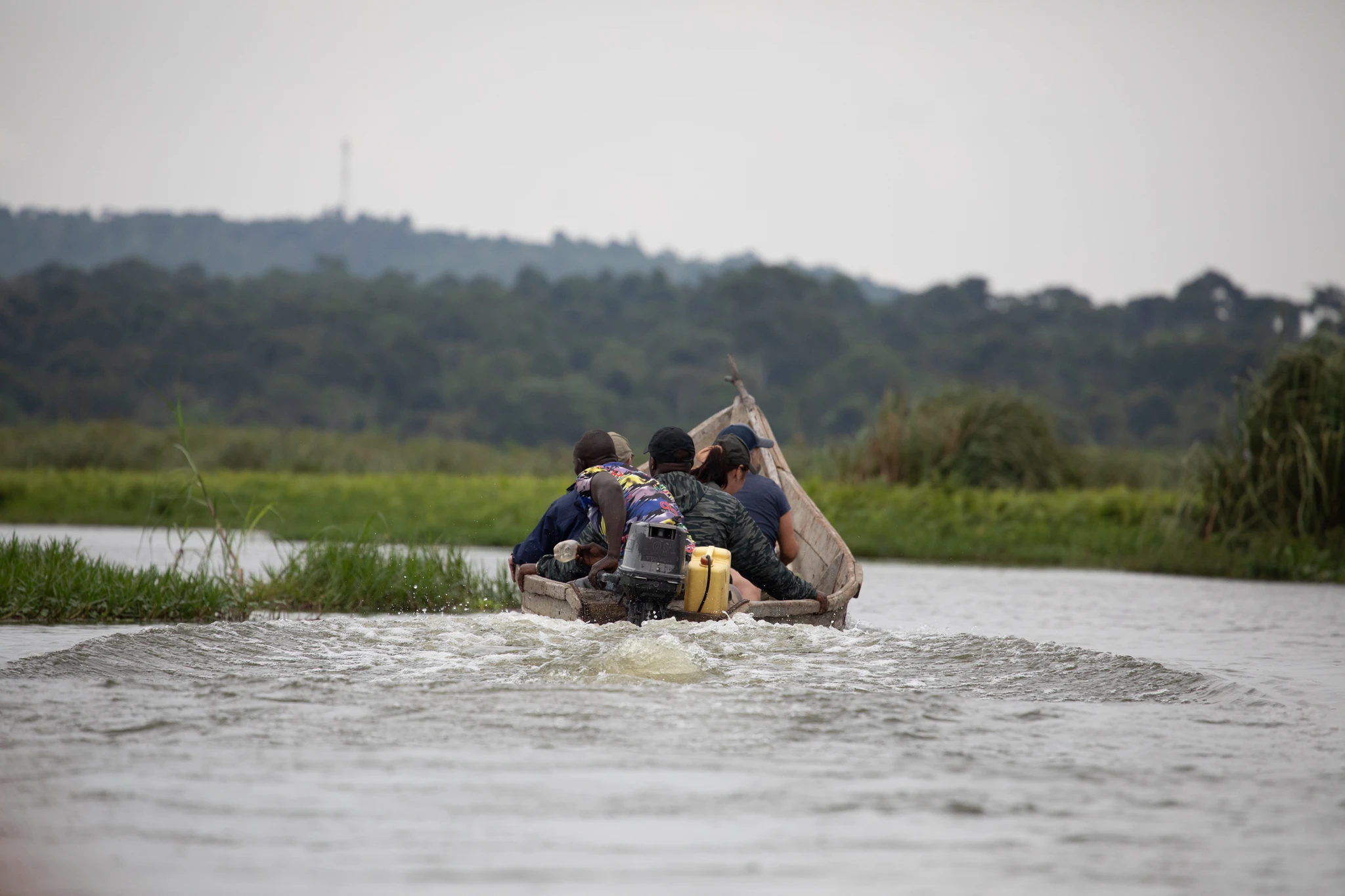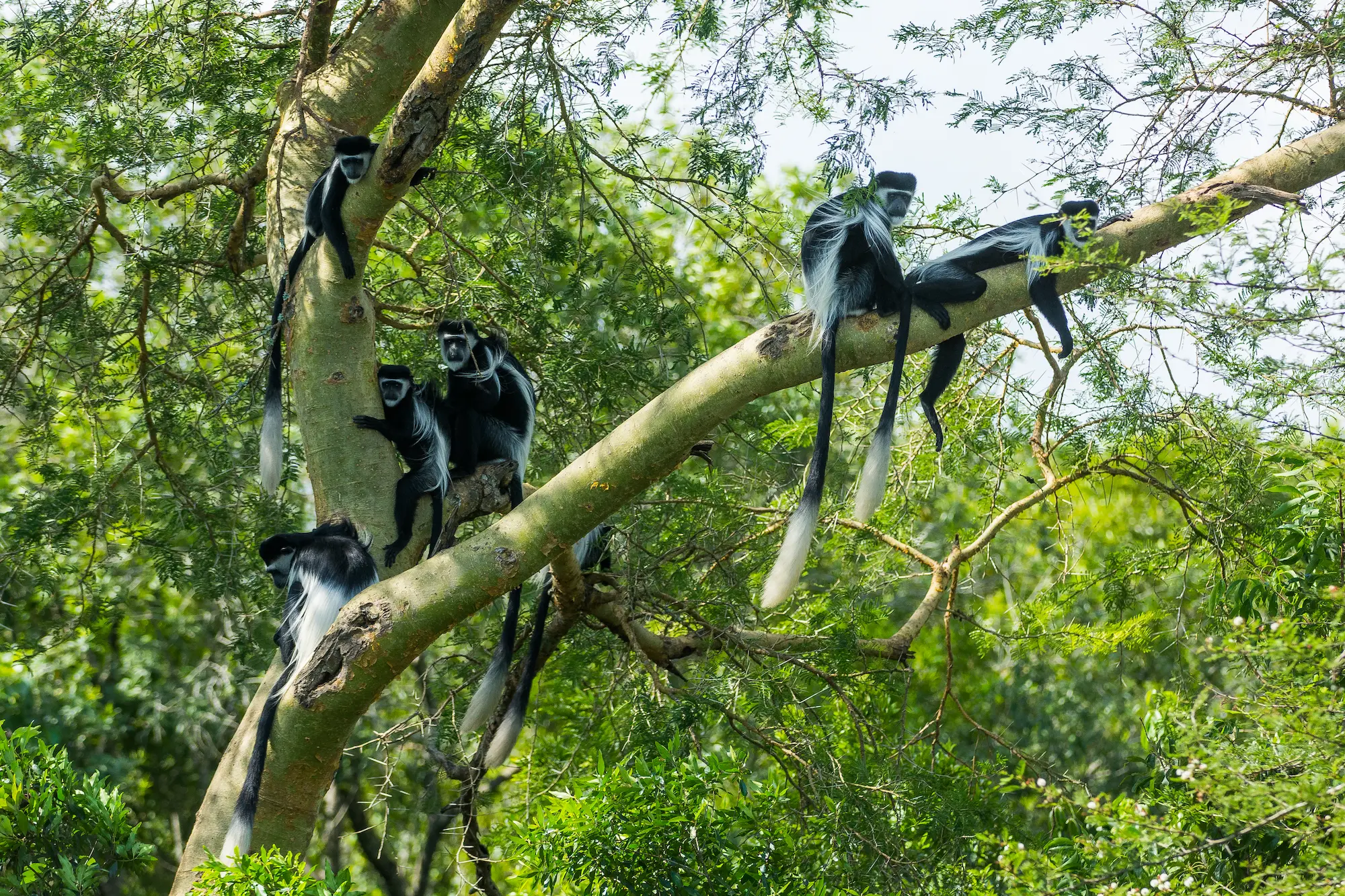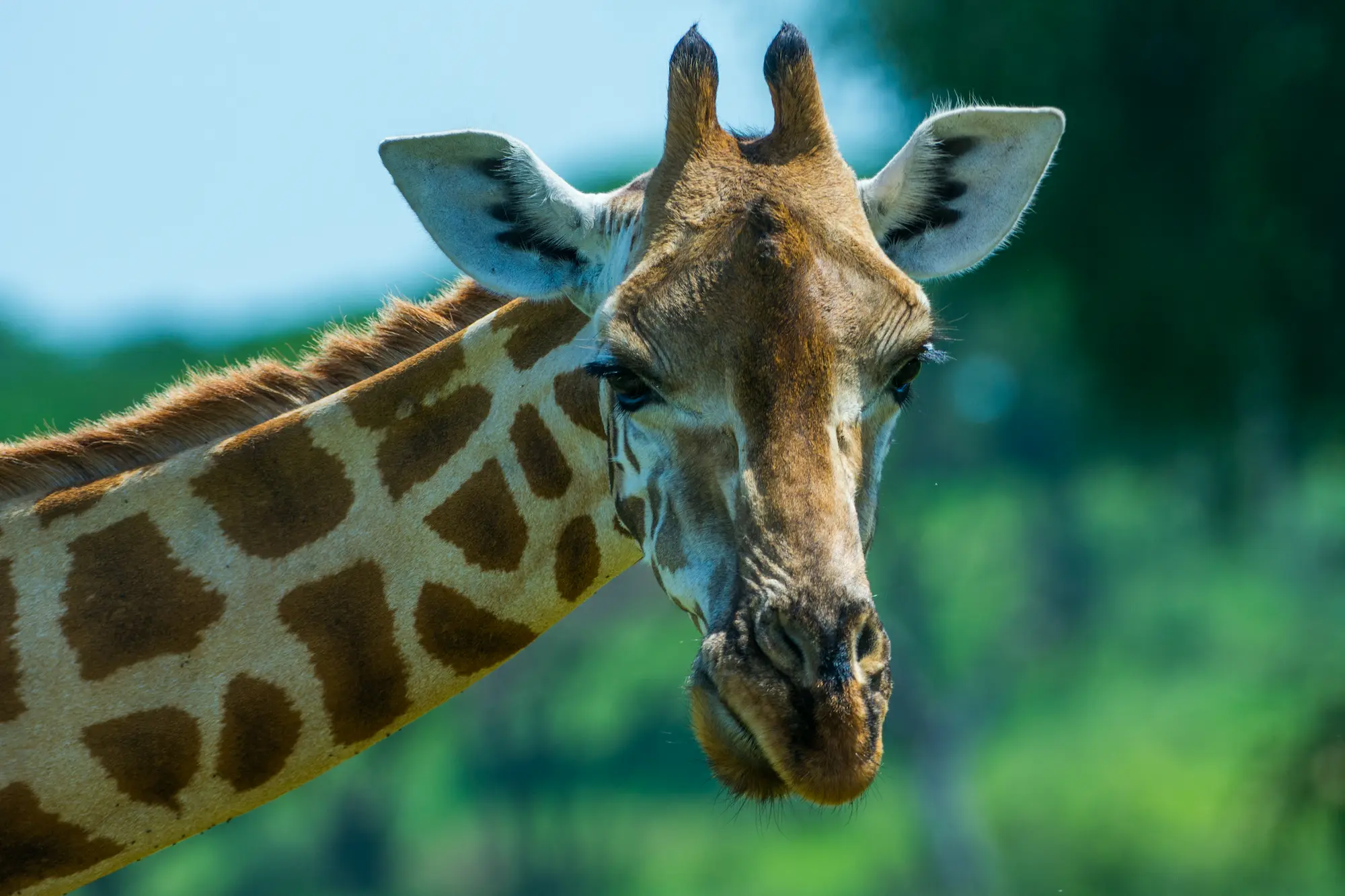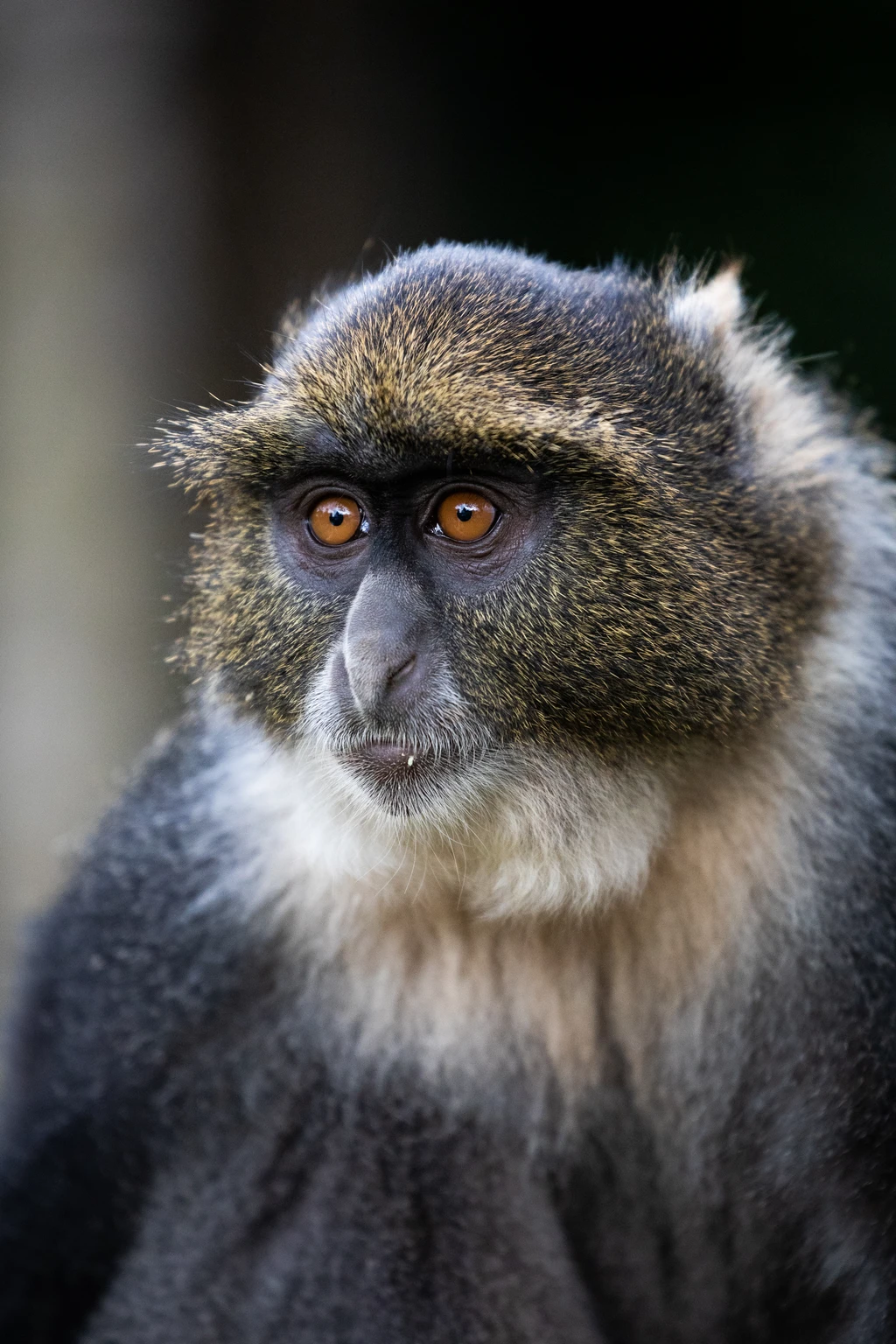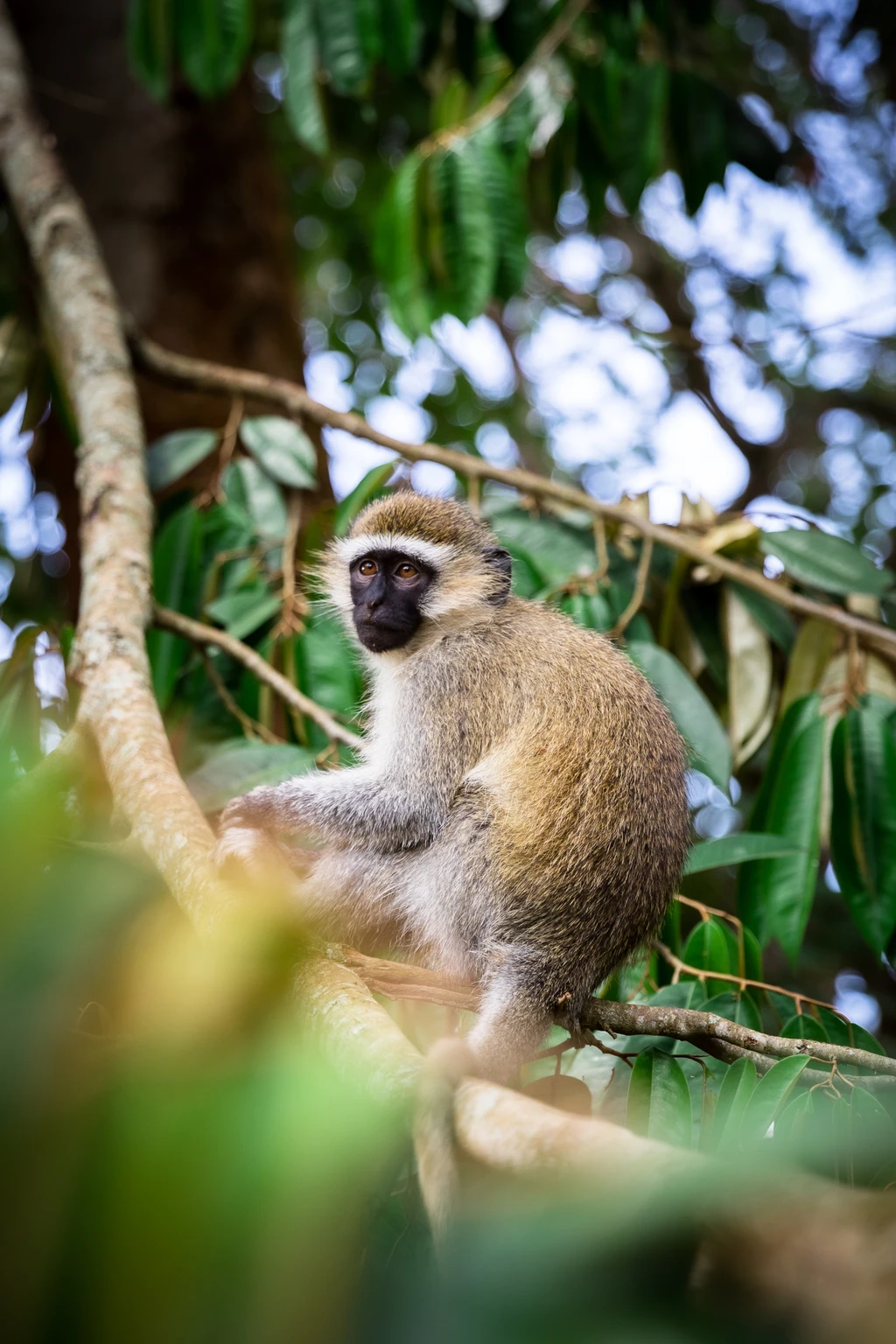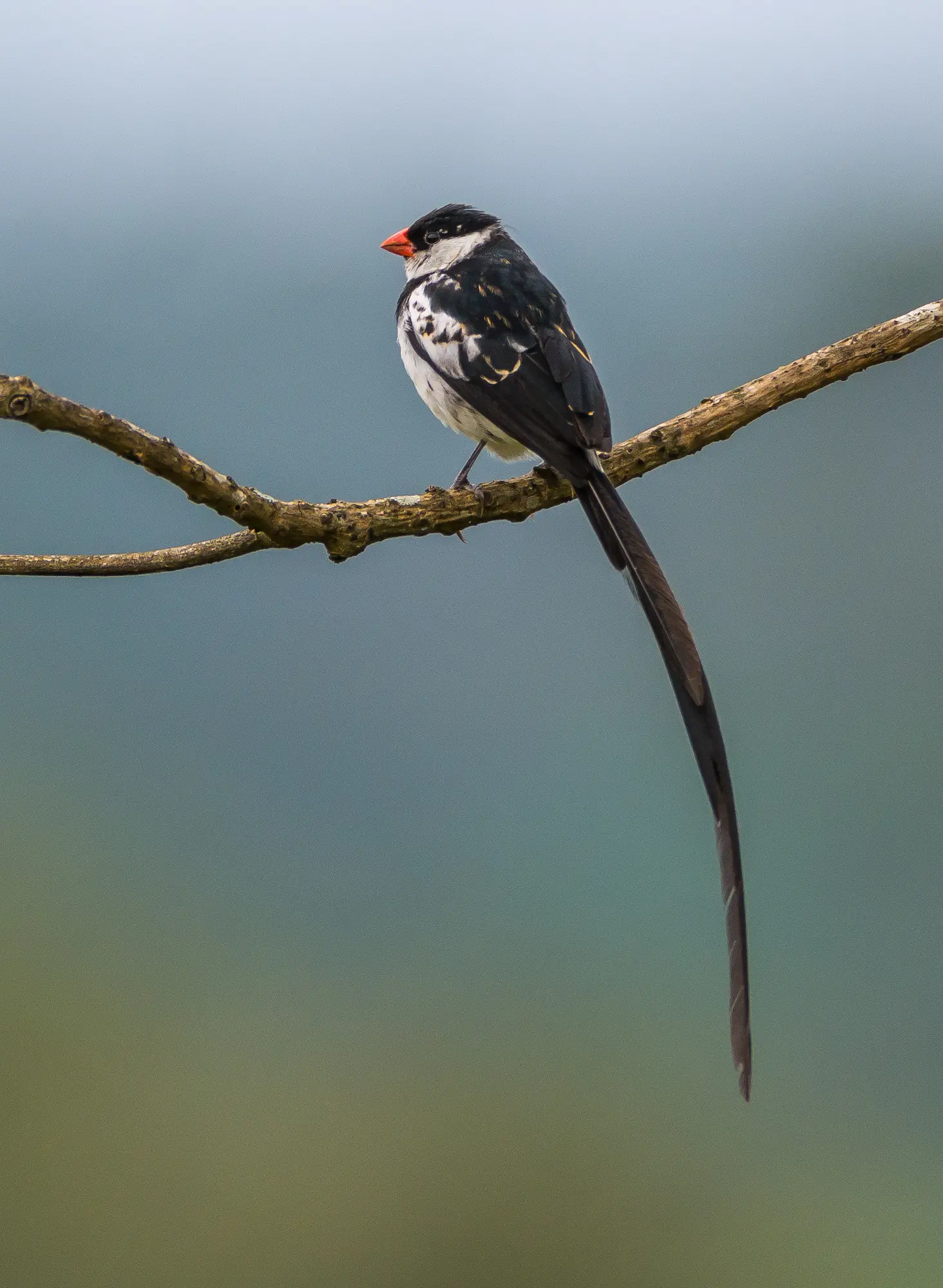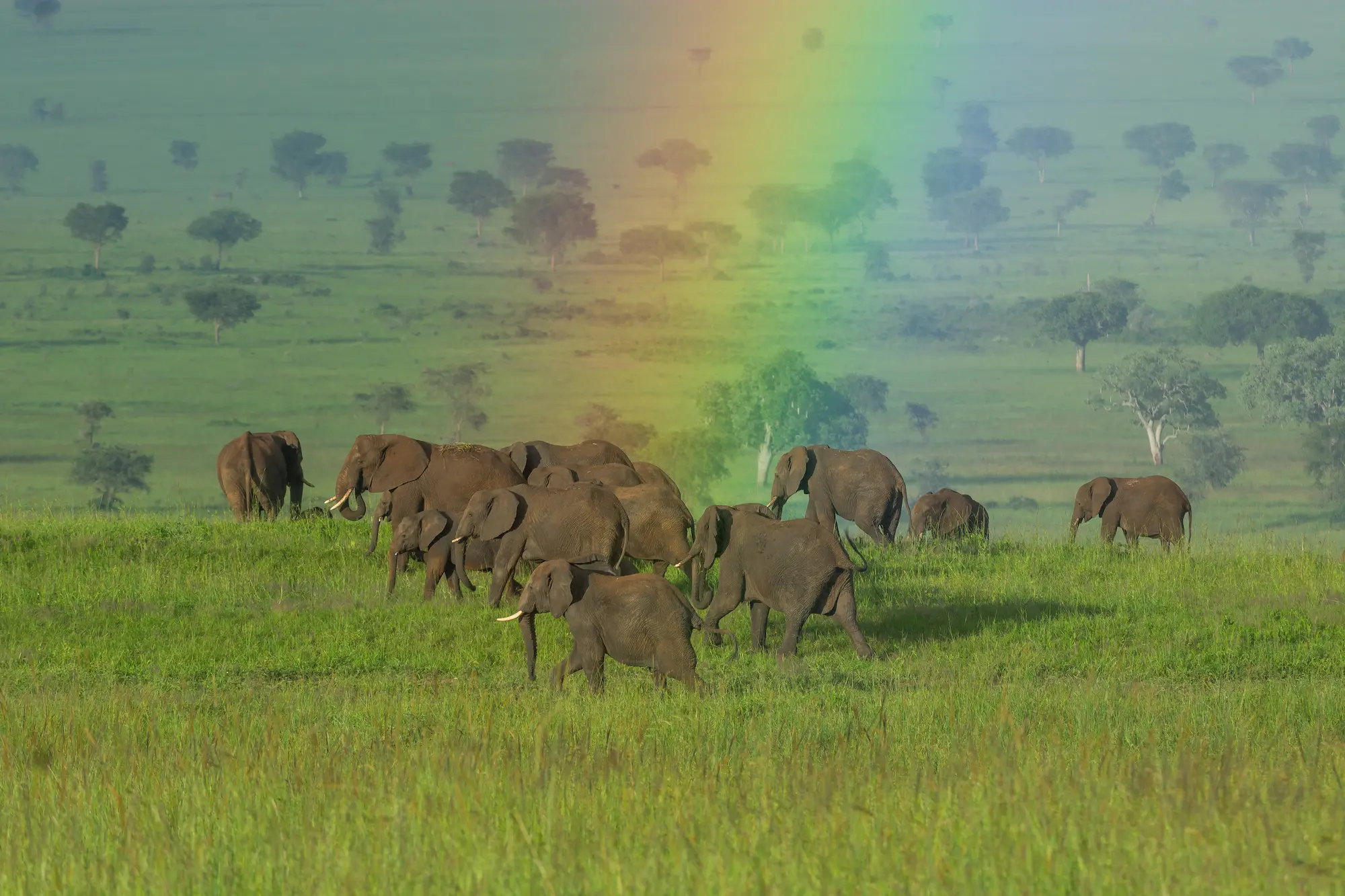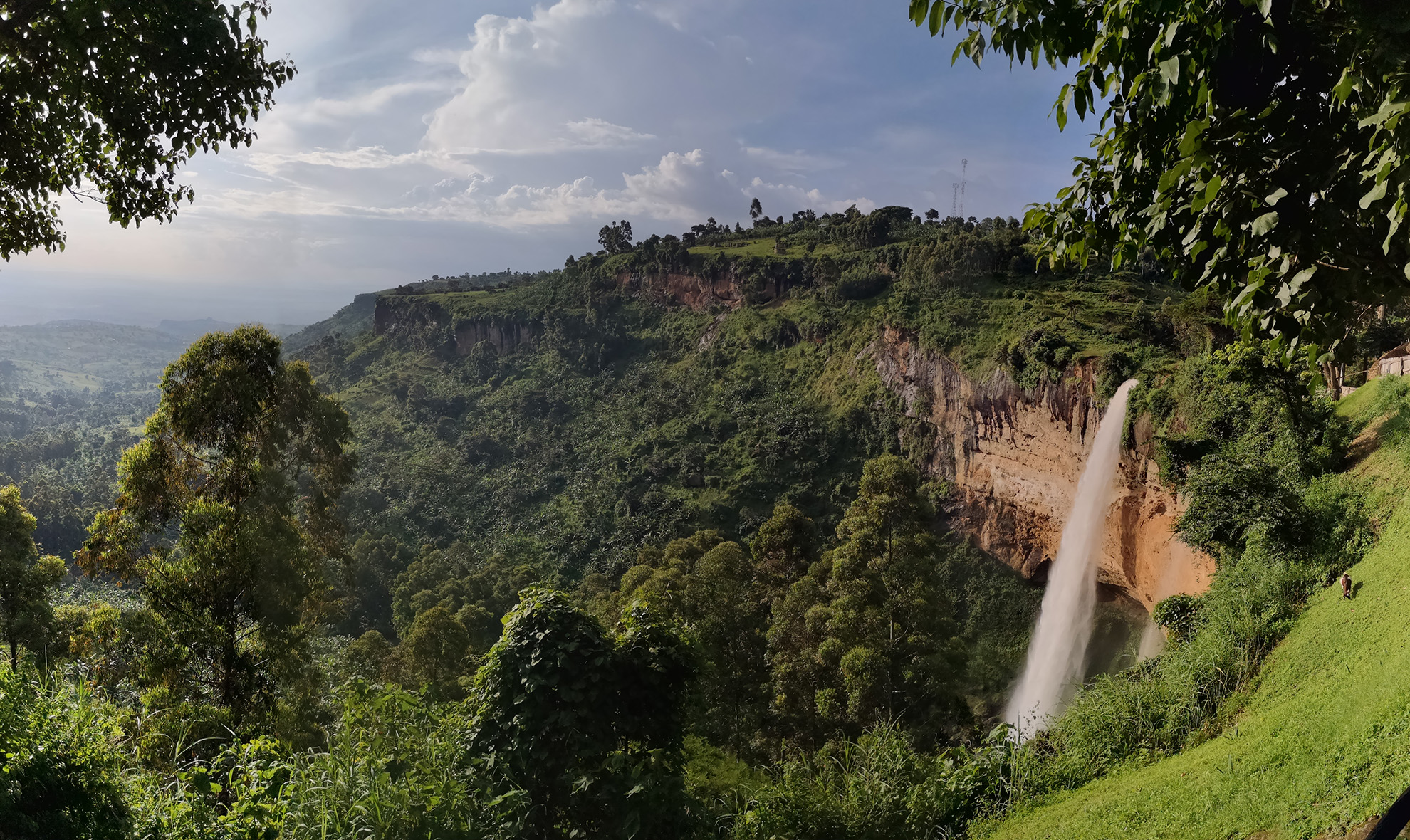
Ishasha is within Queen Elizabeth National Park, about a 3-hour drive from the iconic Mweya Peninsula. This is where we dedicate time to searching for the famous “tree-climbing lions.” Although we prefer not to use this term, lions don’t climb; rather, they ascend with a leap onto a specific type of low-lying fig tree prevalent in the area, allowing them to reach its sturdy branches. It’s well-known that all felines, whenever possible, seek elevation—whether for a better vantage point, improved vigilance, or a peaceful rest away from ground-level dangers, be it on high rocks or any available perch affording a view of the horizon.
There is a belief that lions only climb trees in Ishasha and Lake Manyara in Tanzania, but we have seen lions doing so in many other African locations, including Murchison Falls, on multiple occasions. There are numerous theories about why lions engage in this behaviour, all of which have some validity. Some suggest it’s to escape ground-level insects, including tsetse flies, commonly found in low-lying areas. Some suggest going higher to escape the heat and enjoy the breeze. However, the true reason remains unknown; we like to think that given the opportunity and suitable tree type, a feline will naturally seek elevation for many reasons.
Furthermore, lions often climb trees at night to rest, especially after feasting on nocturnal hunts.
The search for Ishasha’s lions is the primary reason for visiting this sector, although camping or stopping at the Ishasha River camping and picnic area is always delightful. The Ishasha River, serving as the natural physical border with Congo, is a fantastic spot to relax, have a meal, or even spend a night, as it’s home to many hippos.
It’s worth noting that lions, oblivious to borders and national boundaries, sometimes cross the Ishasha River into neighbouring countries, rendering our efforts to find them futile. Such is the nature of nature; fortunately, it remains beyond our control.
